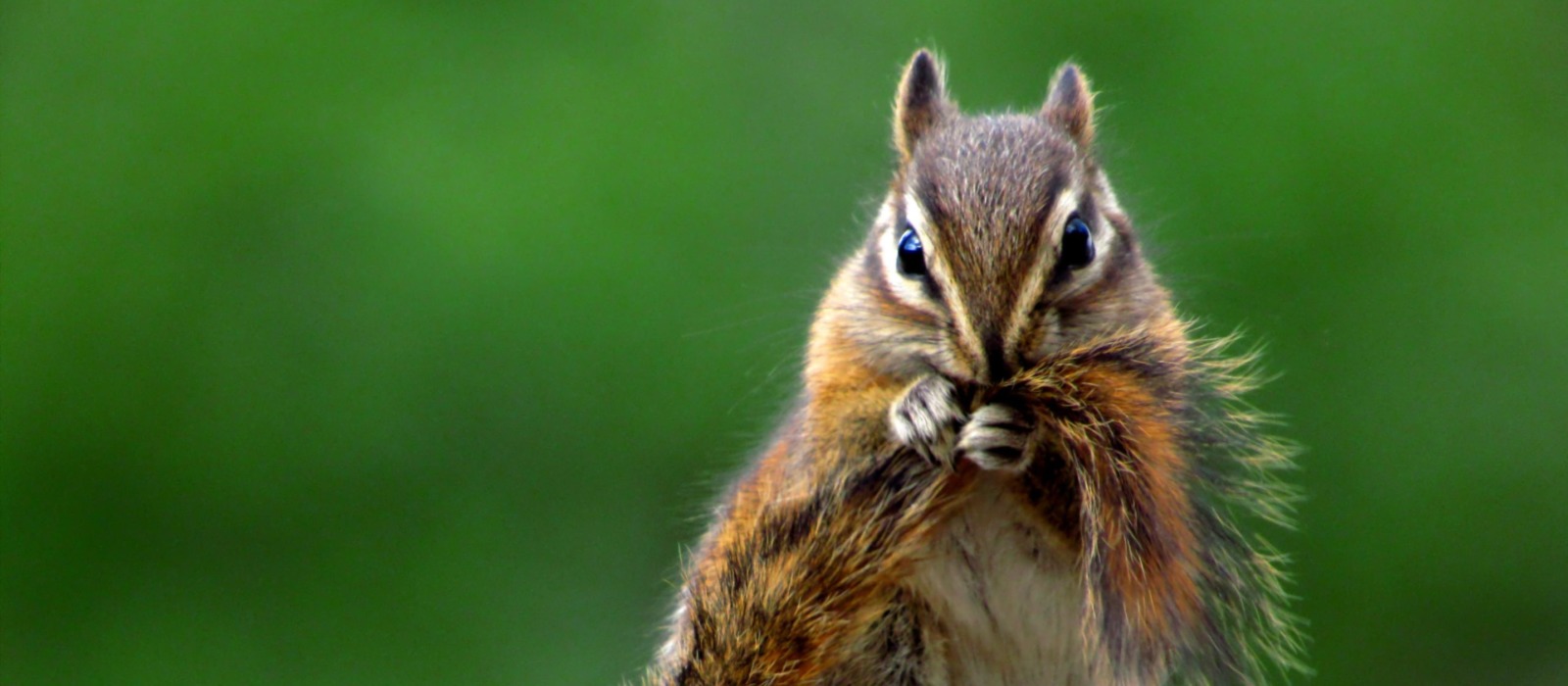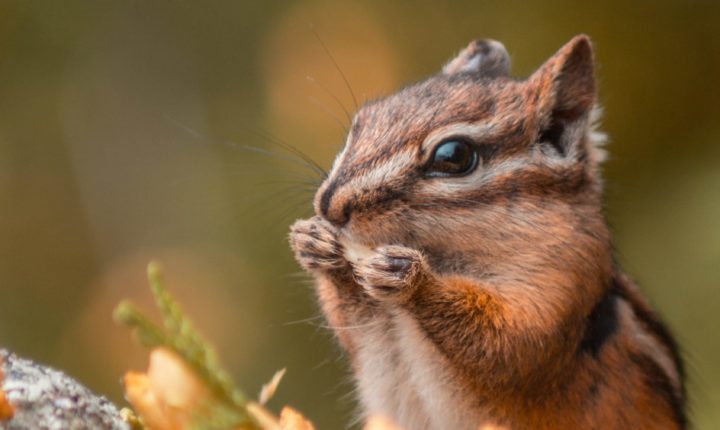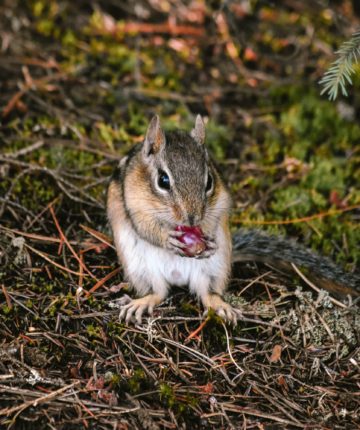
Chipmunk Dreams
My pockets are loaded with acorns, colorful leaves and little bits of birch bark, gifts from a group of toddlers. We are on a Babies in Backpacks and Toddlers in Tow ramble. As we walk, my little companions gather up treasures, handing them to me for safe keeping.
The toddlers aren’t alone in their gathering. The drop in temperature and slow shift from light to dark reminds me that we are hardwired to collect, gather, and put away in preparation for winter. It’s an ancient, primitive act. At home my family spends our autumn weekends harvesting tomatoes and peppers from the garden, preserving the harvest in sauces and jams, and stowing vegetables away in our root cellar. We stack our wood, bring out the winter blankets, and take our last swims. We are mad with projects we need to complete before the cold sets in.
I could grieve the passing of summer into fall and fall into the long winter. I don’t like the dark or the cold. I like to walk barefoot on the grass, eat soft plums and ripe tomatoes, and feel my skin grow hot under a summer sun.
But this year, I have found a hero to inspire me: Tamias striatus, the Eastern Chipmunk.
The toddlers and I spy on this busy ground squirrel as she scampers along a stone wall and dives for her den, her bushy tail straight as a rod. When we see her again, she’s stuffing her cheeks with sunflower seeds at the base of a bird feeder. Later we hike into the woods and find rock ledges dotted with acorn shells that have been peeled by Chipmunk’s nimble paws.
I am in kinship with this industrious rodent. We are both preparing for winter by gathering our supplies. The chipmunk is the master. In fact the first part of its scientific name, Tamias, means “storer” in Greek. Once, the naturalist John Burroughs unpacked a chipmunk’s den and discovered that, over only three days’ time, it had stored a bushel of food, including five quarts of hickory nuts, two quarts of chestnuts, and a pile of corn kernels.
At night as I climb under our winter quilt, I imagine the chipmunk, snugged down in her den, lying atop a thick pile of leaves. Tucked under her bed is her winter stash: acorns, beech nuts, maple seeds, fungi, apple bits, and even a few hazelnuts gathered from the edge of our pond. At some moment when it becomes too cold, the chipmunk will stop her scurrying and take to her bedchamber, waking only every now and then to reach under her leafy bedding for a snack. My dream come true, I think, as I drift off to sleep, that I could reach under my own bed, eat a snack, roll over, go back to sleep, and not even care about the crumbs.
All winter long, the chipmunk will snooze and wake, snooze and wake, never completely going into full hibernation. There will be snacking, stretching, getting up to visit the latrine chamber, and then climbing back into bed to sleep some more, curled up in a ball with her fur fluffed for insulation and her tail stretched over her head. On the warmest days of winter, Chipmunk will emerge from the darkness of her den and stretch in the sunlight, grooming her fur and looking for signs of spring.
Oh, how I’d like to take a page from this little chippie’s playbook. To work hard all fall but then retire to a bed stocked with my favorite foods. And to only come out on the days that remind us that spring will indeed come again.


